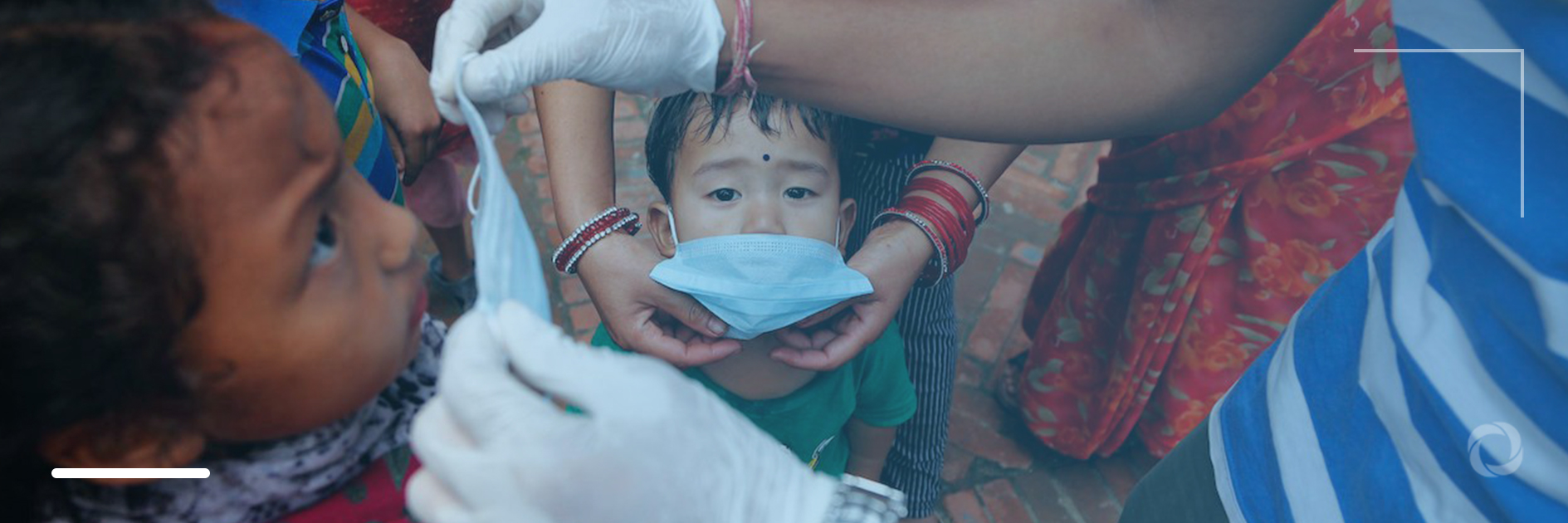A study titled Gendered Analysis of Child Protection Systems Responses in COVID-19 Programming in South Asia, commissioned by the UNICEF Regional Office for South Asia and prepared by the University of Edinburgh has found that the COVID-19 pandemic has had a devastating impact on children’s health and migration and increased their risk of exposure to violence thereby compromising their wellbeing.
Aimed at understanding the changes in child protection systems across South Asia during COVID-19, the study captures and documents good practice and learning during the pandemic to better prepare for future pandemics, to map child protection systems changes, and to inform learning to enhance the current interventions for child protection responses and the prevention of violence against children (VAC) across the region.
The key elements of complex adaptive systems are found to be present within the child protection system responses to COVID-19 in the South Asia region. Similarly, case studies from all eight countries of the region featured three common areas, i.e., multi-level strategies, strong partnerships, and building on existing initiatives and systems.
The eight additional key themes identified to expand these three core areas include investing in the social services workforce infrastructure, identifying qualified personnel, building capacity for mental health and psychosocial support, strengthening existing partnerships, delineating clear roles and responsibilities, advocacy and social mobilization efforts, assessment mechanisms and prioritizing previously neglected areas.
- Many children in the region are reaching out to toll-free helplines to seek support and counselling and to report the issues they are facing
- Some also experience violence but are not able to reach out and seek assistance
- The mitigation measures linked to the pandemic such as shutting down services, enforcing lockdowns, and closing schools had immediate child protection consequences
- The displacement of children from institutions and detention centers can be considered a positive move but immediate provisions are needed to ensure safe environments for children
- The lockdown has impacted upon the livelihoods of families bringing mass migration from cities to rural areas or across borders and children being forced to work
- The pressure brought about by the conditions caused by the pandemic increased the demand for social services and highlighted the need for measures such as parenting and caregiver support so as to prevent VAC
- The closure of schools physically separated children from their peers and this has impacted upon their mental health and wellbeing
Analyzing that the data sources point to an increased intersection between violence against women (VAW) and VAC resulting from more pressure, decreased access to services, and limited mobility and social support for survivors, the study recommends that the intersectionality of VAW and VAC should be further explored to fully understand where child-focused interventions are more appropriate.
As the pandemic itself may impact in a variety of ways on existing monitoring data, equally important is to improve and disaggregate data on the prevalence and incidence of VAC, the study further recommended.
The study identified a reduced stigma and increased normality of talking about mental health issues, the normalcy of virtual and hybrid environments, increased discussions and a potential norm shift around the importance and possibility of family-based care, the increase in diversion and alternatives to child detention, an increase in parent-child communication and norms that reinforce gender stereotypes as all being key norms that appear to be changing globally due to the pandemic.
Expected to contribute towards reflective learning in the region, this study recommends further research is undertaken on these global norm shifts to see how they contextualize in different countries.


